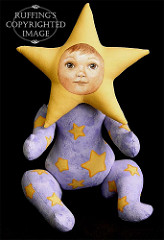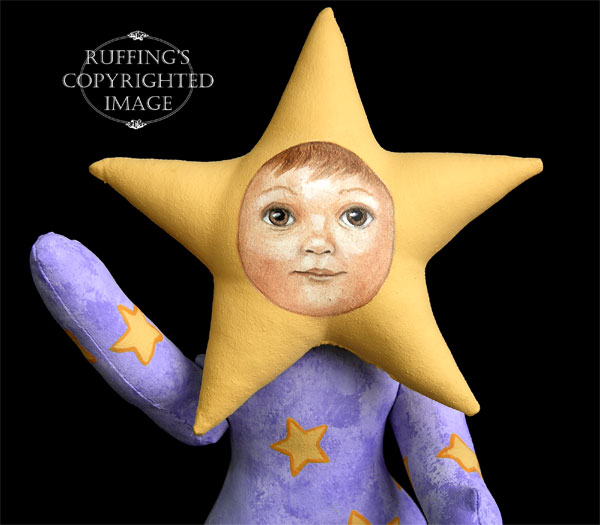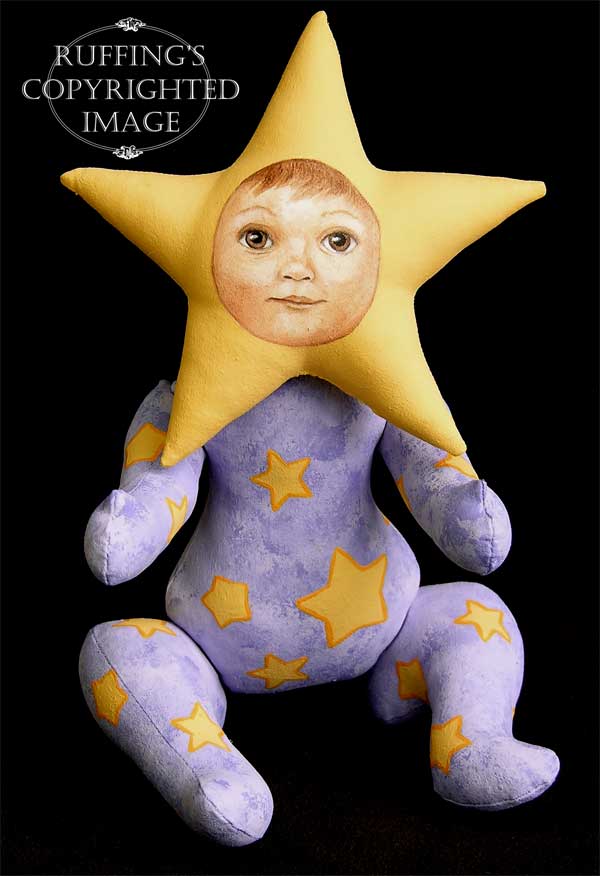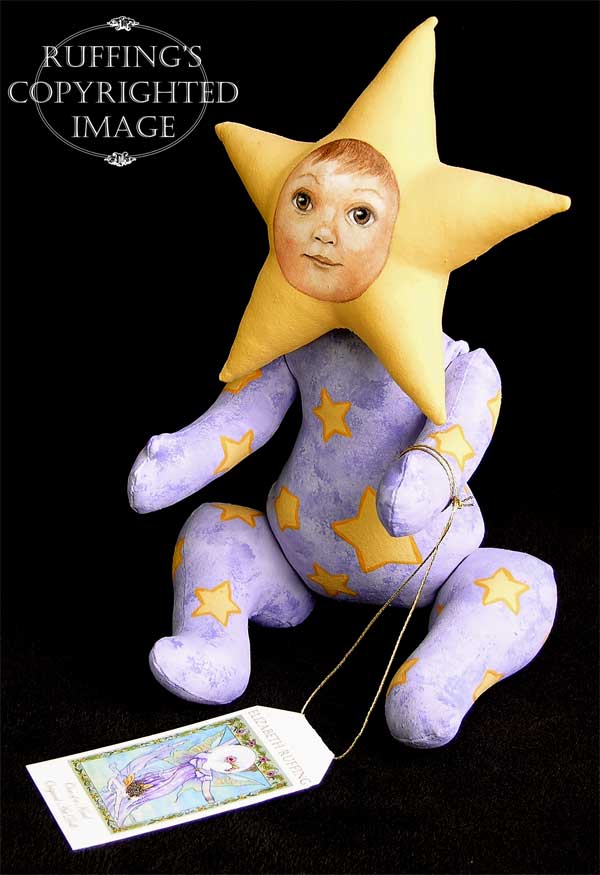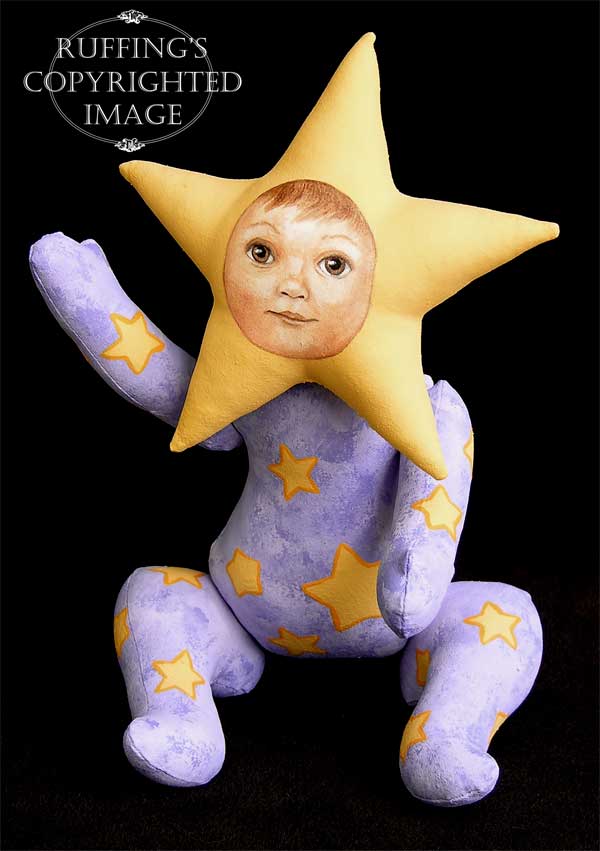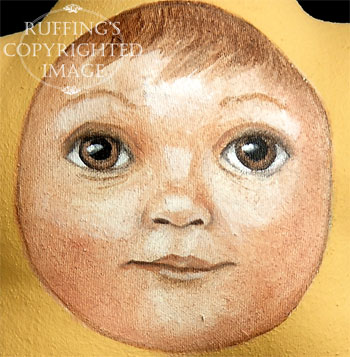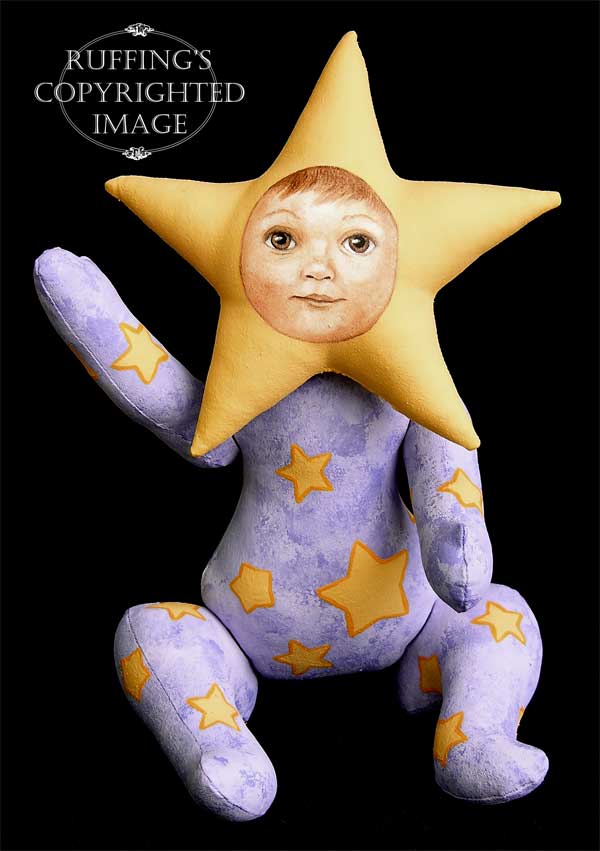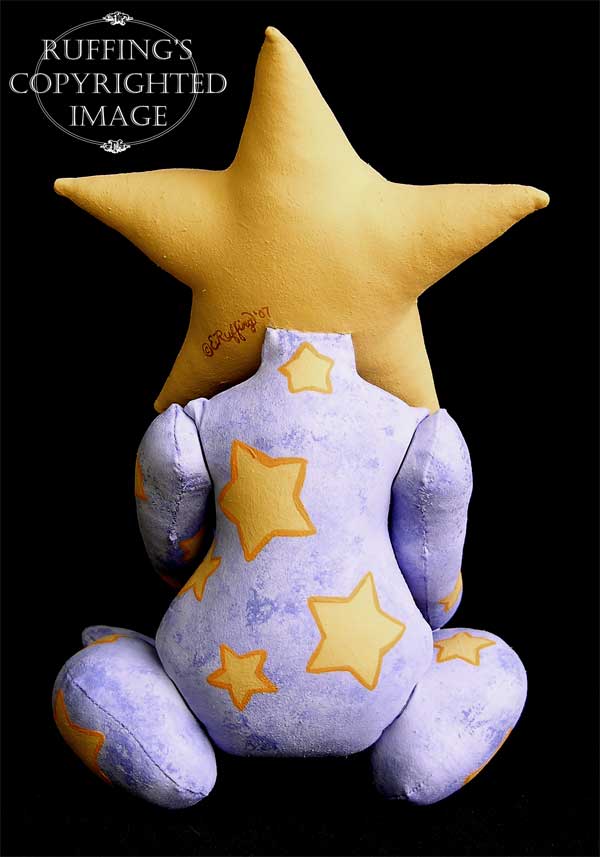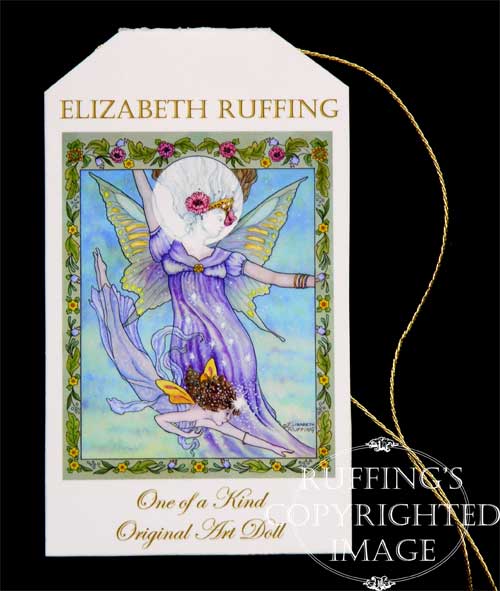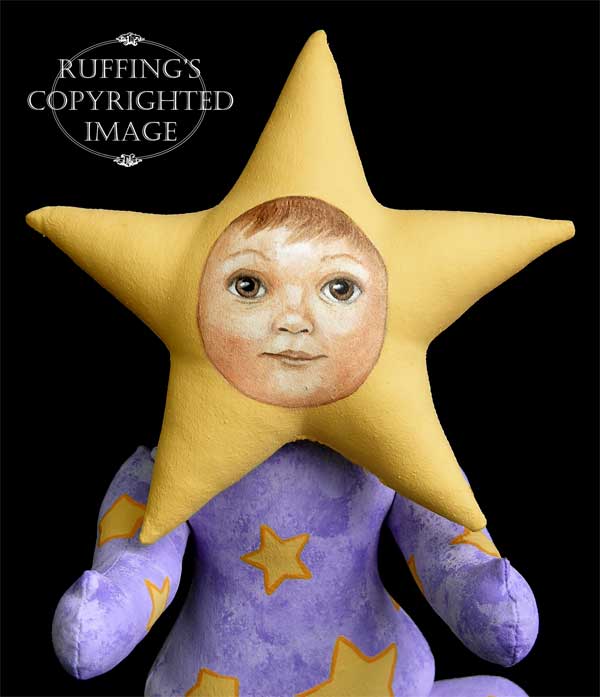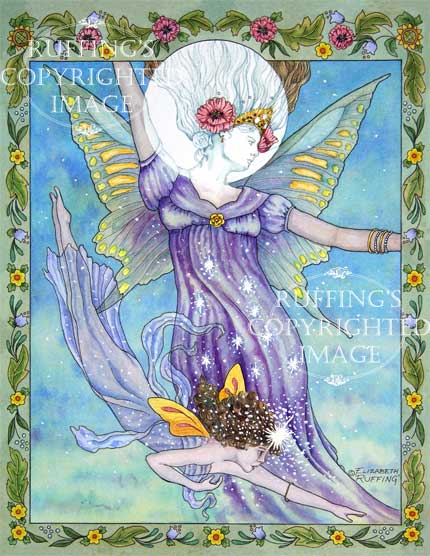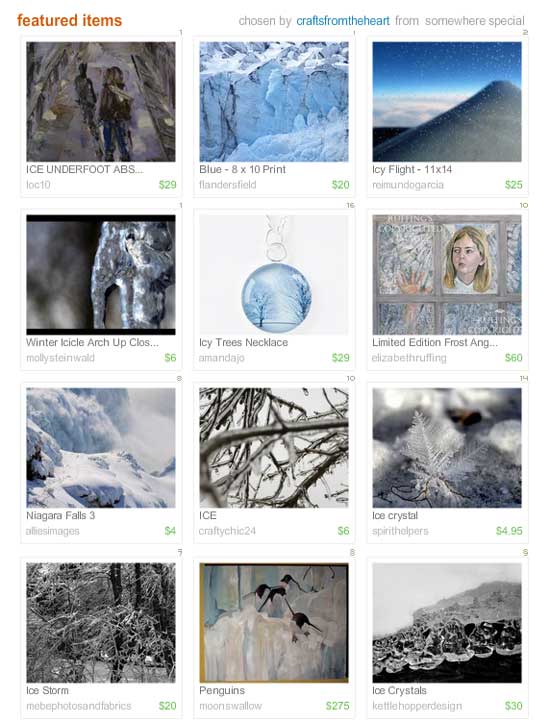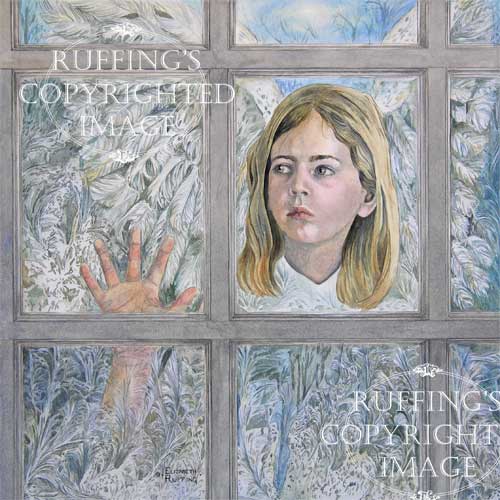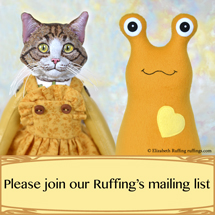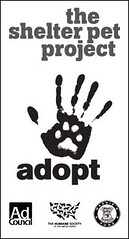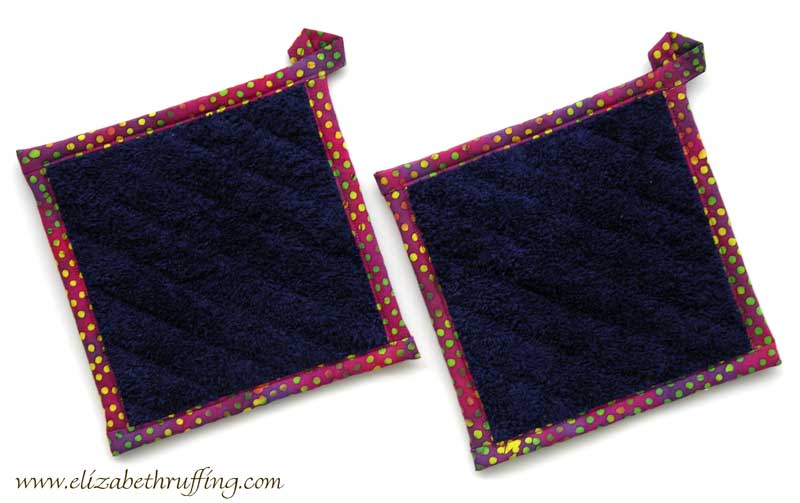 I made this set of potholders by sandwiching one layer of cotton duck/canvas between two layers of organic cotton batting, then sandwiching those between two layers of cotton terrycloth (I used cotton washcloths), all roughly 9.5 inches square. I used my walking foot to quilt the layers together. Then I trimmed them down to 8.5 inches square with my rotary cutter and ruler.
I made this set of potholders by sandwiching one layer of cotton duck/canvas between two layers of organic cotton batting, then sandwiching those between two layers of cotton terrycloth (I used cotton washcloths), all roughly 9.5 inches square. I used my walking foot to quilt the layers together. Then I trimmed them down to 8.5 inches square with my rotary cutter and ruler.
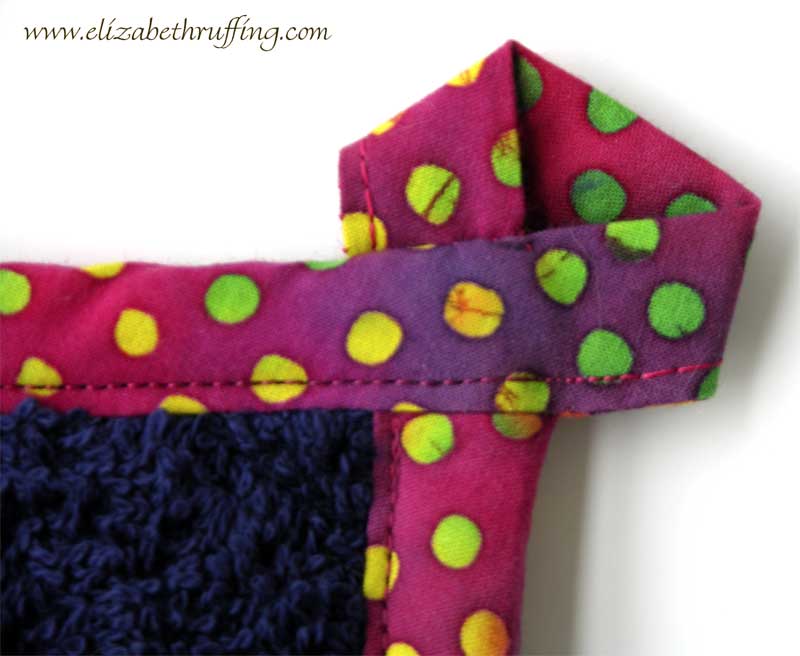 Since I didn’t have enough of my polka dotted cotton to make a true bias, I cut 2.5 inch strips and sewed them on the edges of the potholders without turning the corners. I put the strips right sides against the terrycloth, on one edge at a time, sewed a 0.5 inch seam, turned each strip over to the back, turned under the raw edge to match the front, slipped stitched it down, and then top-stitched it down from the front side. I did all four edges this way, turning under the corners where necessary so no raw edge was left out, but leaving about 5 inches of the strip loose at the final corner.
Since I didn’t have enough of my polka dotted cotton to make a true bias, I cut 2.5 inch strips and sewed them on the edges of the potholders without turning the corners. I put the strips right sides against the terrycloth, on one edge at a time, sewed a 0.5 inch seam, turned each strip over to the back, turned under the raw edge to match the front, slipped stitched it down, and then top-stitched it down from the front side. I did all four edges this way, turning under the corners where necessary so no raw edge was left out, but leaving about 5 inches of the strip loose at the final corner.

